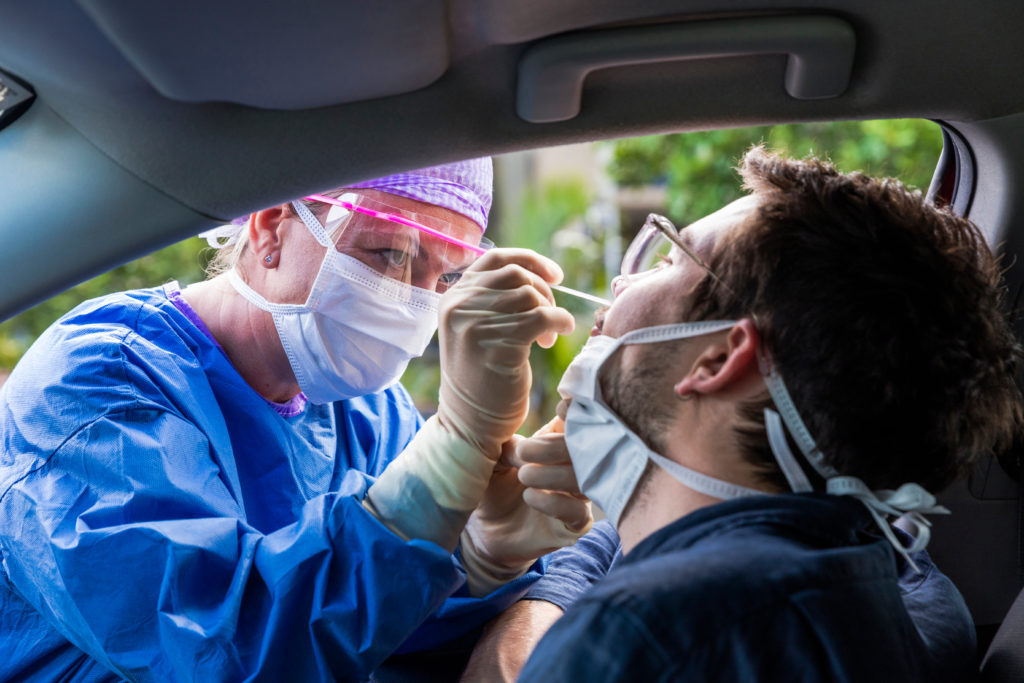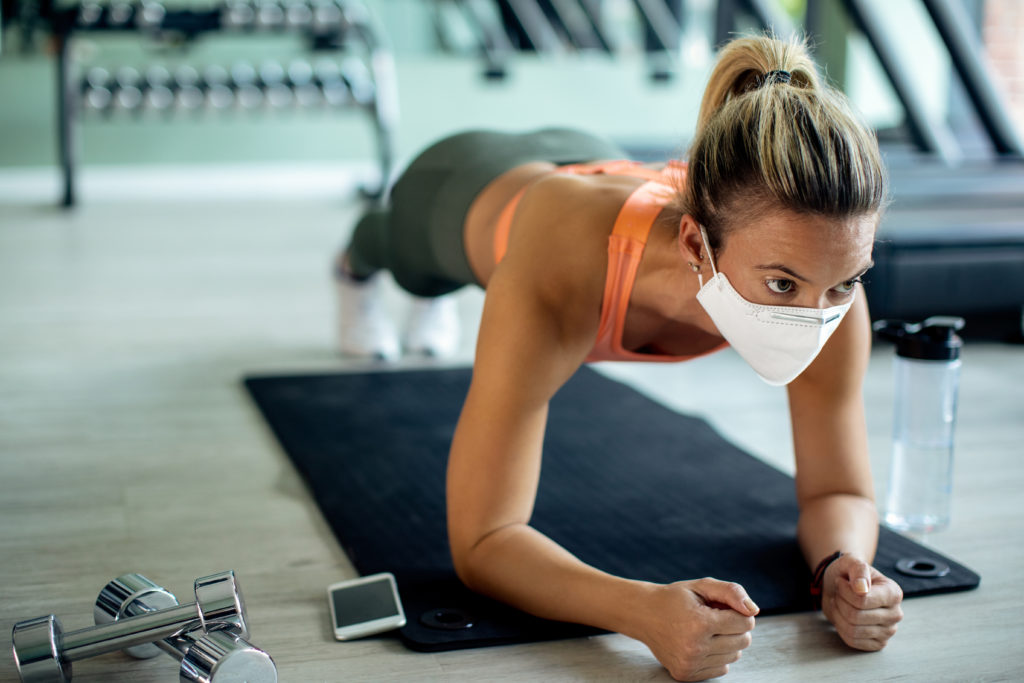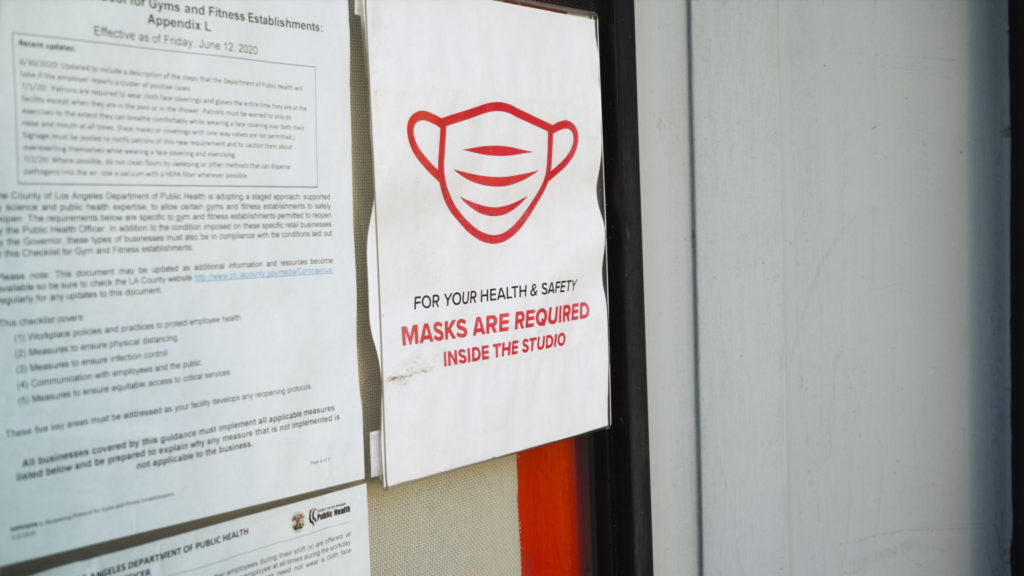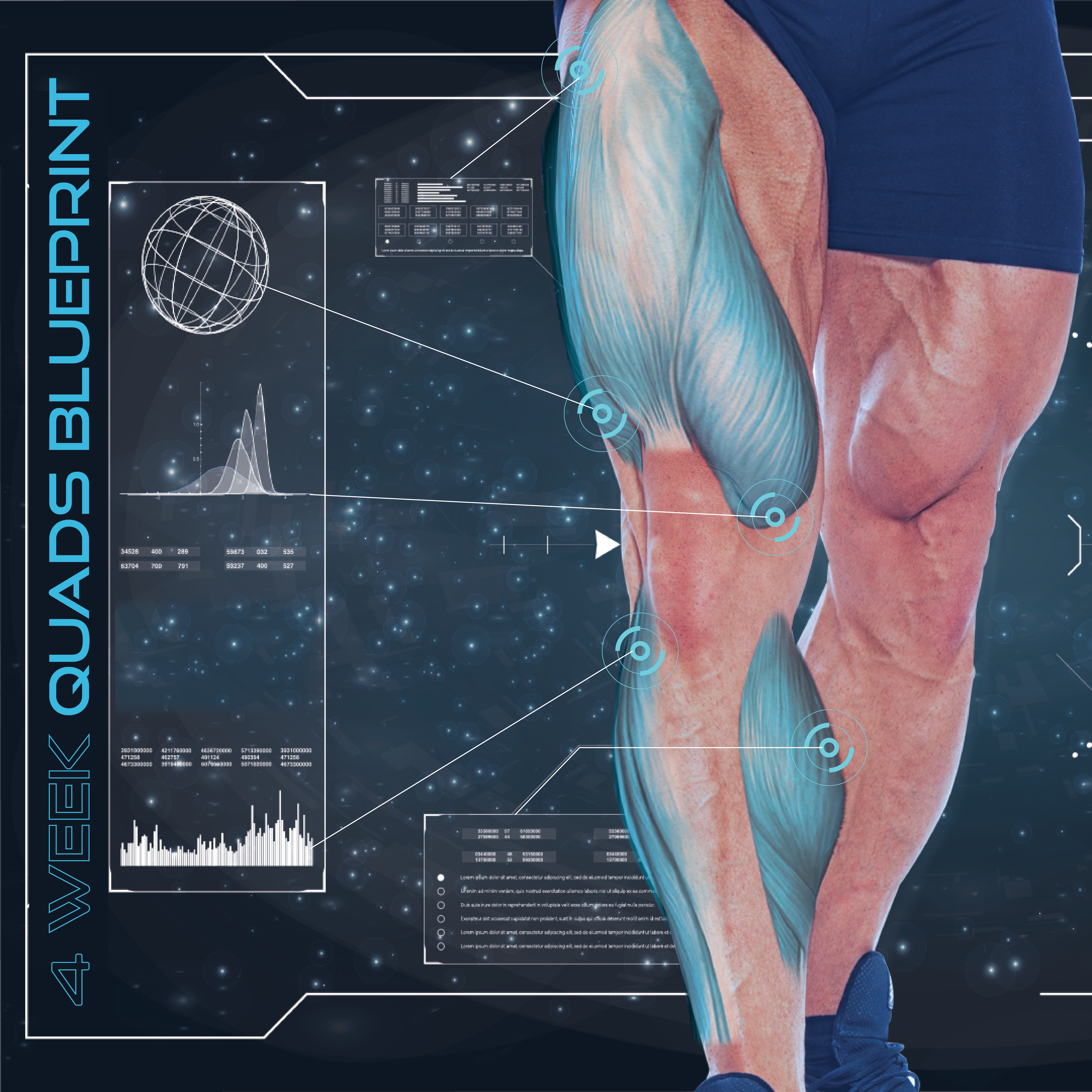*Independently reviewed by a Nurse Clinician (RN, BSN) for accurate terminologies. Masks are not muscles.*
Introduction
Ah, yes. 2020. The boiling pot year where just about everything that could go wrong, has gone wrong – not to mention many other things that we never even knew could be a problem. Like murder hornets… remember those? While 2020 has had no shortage of shock- or eye roll-inducing headlines, one of the main things we’ll remember from this year will be the Covid-19 pandemic. Many people have been affected by this pandemic in multiple ways, but just about everyone who browses the Articles section on this website has one complaint in common – gyms closing and gyms mandating masks during workouts.
While masks have become rather politicized (in the US, anyways), it’s important to forego politics here and focus on the primary question: how does wearing a mask affect your workout?
The Problem
 Why are we wearing masks in the gym? Well, unless you live in a pineapple under the sea, you know that 2020 has been overrun by the Covid-19 pandemic. Covid-19 is a respiratory disease primarily spread through respiratory droplets (WHO, 2020; Yang et al., 2020) that are expelled during heavy breathing, coughing, sneezing, and even talking (Epstein et al., 2020). Unfortunately, just about all of these items routinely take place at the gym – especially heavy breathing and talking loudly over terrible gym music.
Why are we wearing masks in the gym? Well, unless you live in a pineapple under the sea, you know that 2020 has been overrun by the Covid-19 pandemic. Covid-19 is a respiratory disease primarily spread through respiratory droplets (WHO, 2020; Yang et al., 2020) that are expelled during heavy breathing, coughing, sneezing, and even talking (Epstein et al., 2020). Unfortunately, just about all of these items routinely take place at the gym – especially heavy breathing and talking loudly over terrible gym music.
While most people who consistently hit the gym are probably at a lower risk of developing severe symptoms from a Covid-19 infection, Covid-19 is still a pretty rough sickness and will cause you to miss several workouts – not to mention the potential exposure to friends or family members who might not battle the disease as well (Yang et al., 2020). With all of this in mind, we’d probably like to mitigate any means of transmission for this illness, and frankly, any illness. Therefore, public health authorities around the world have advocated for mask and/or facial covering use whenever in public and many gyms have followed suit.
The Solution
Public health authorities have long relied on mask mandates in many countries during disease outbreaks, however, a mask mandate in the United States is a rather rare occurrence. Regardless of the rarity, masks are at least somewhat protective against disease transmission (Eikenberry et al., 2020). Greater public adherence to mask mandates increases the effectiveness of masks in curbing the spread of disease (Eikenberry et al., 2020), but no intervention will ever be perfect.
At the beginning of the pandemic, many businesses were forced to shut their doors in an effort to stop the spread of the virus. This included gyms in just about every state – authorities figured people would be packed into a sweaty space and mouth breathing all over each other, and really, that’s kinda how some gyms are. Once gyms started to open back up, just about all of them had some sort of mask mandate, whether you had to mask up upon entering, walking around, or during your entire workout was occasionally left up to the gym. Due to these common gym rules, we’ve often been asked about how wearing a mask can affect your workout. Let’s get into that next.
The Problem with the Solution
We can all probably anecdotally agree that masks can be pretty uncomfortable to wear and can occasionally make breathing a little tougher, especially if you’re exerting yourself like you would during a, you know, workout. Personally, I’ve been a little dismissive of people saying masks restrict their breathing as I, frankly, think most people are just being dramatic. However, as we gather data on mask wearing during exercise, there does seem to be a few red flags.
Initial research shows that wearing masks (N95, mind you) during exercise can impair pulmonary function, work capacity, and overall ventilation during a cycling trial (Fikenzer et al., 2020). Subjects also exhibited a lower lactate response to exercise while wearing a mask (Fikenzer et al., 2020) which might be another harbinger of masks making it more difficult to maintain a high level of intensity. Other studies have shown similar findings where masks can increase exercise hypoxia, especially with high levels of effort (Pifarre et al., 2020). However, the Fikenzer et al. (2020) study does have some statistical and methodological flaws (Hopkins et al., 2020), so it might not be the best source to draw conclusions from.
 With that being said, another study with similar subject characteristics found that N95 masks did not affect variables like heart rate, respiratory rate, oxygen saturation, or time to exhaustion during a cycling protocol (Epstein et al., 2020). In fact, the only difference between masks and no masks was greater end-tidal carbon dioxide in the mask condition – essentially, subjects were exhaling more carbon dioxide during high intensity exercise when wearing surgical masks vs. no masks and N95’s had a larger effect than both even during lower intensity exercise (Epstein et al., 2020). This would make sense as you’re probably going to inhale more CO2 due to your mask, but this particular study suggests that wouldn’t impair exercise performance to a significant degree.
With that being said, another study with similar subject characteristics found that N95 masks did not affect variables like heart rate, respiratory rate, oxygen saturation, or time to exhaustion during a cycling protocol (Epstein et al., 2020). In fact, the only difference between masks and no masks was greater end-tidal carbon dioxide in the mask condition – essentially, subjects were exhaling more carbon dioxide during high intensity exercise when wearing surgical masks vs. no masks and N95’s had a larger effect than both even during lower intensity exercise (Epstein et al., 2020). This would make sense as you’re probably going to inhale more CO2 due to your mask, but this particular study suggests that wouldn’t impair exercise performance to a significant degree.
Acute and mild exposure to CO2 inhalation during exercise is unlikely to have negative consequences (Epstein et al., 2020), but those with respiratory conditions like asthma or COPD are probably going to experience some side effects from wearing masks during exercise. Some researchers have even suggested that mask use during exercise could carry endurance-related performance benefits as an increase in partial CO2 *could* mirror a hypoxic training environment similar to altitude training (Davis & Tsen, 2020). I’m not quite convinced of that being the case, but it’s certainly an interesting theory.
While we have conflicting data on masks and their effects on workout performance, it’s probably reasonable to assume that a mask could impair your workout in one way or another, especially cardio sessions or endurance training. Regardless, let’s get into ways we can reduce how much masks interfere with our workouts in the next section.
Practical Takeaways
First, it’s probable that an N95 mask will impair breathing and comfort the most. Therefore, you might be in a tradeoff position when at the gym. Less protective masks can still stop the spread of your respiratory droplets (Greenhalgh et al., 2020) but they might not be quite as effective at protecting you from others. With this in mind, if you can socially distance at least somewhat well at your gym, a normal surgical mask is probably a better bet for working out than something like an N95. A cloth face covering would probably be even more comfortable, but its effectiveness at protecting you is a little more questionable.
Second, a mask mandate is probably not the time to expect some sort of cardio or endurance-related personal records. You can still absolutely put in some effort but be ready to expect some sort of impairment in your endurance performance. If you’re able to run or bike outdoors without a mask, those will probably be more comfortable forms of cardio where you can push your limits. In addition, I’d plan on increasing rest times between lifting sets so you have a little extra time to catch your breath. I don’t think you need to double your rest time by any means, but maybe plan an additional 20-30 seconds of rest between sets when wearing a mask. I don’t think masks will impair lifting performance to a large degree since most of your sets won’t be limited by oxygen availability, but if you’re planning a super high rep leg workout, it might be more uncomfortable than usual with a mask.
Lastly, it’s probably a good idea to structure your workouts where your most difficult bits are in the beginning part of the workout. That’s a good workout design plan to use in general, but it’s probably more important with masks. As you workout with a mask, the mask will slowly get damp due to the water you breathe out over time. Therefore, your mask might get more restrictive as your workout progresses in length (Santos-Silva et al., 2020). We’d also recommend performing nasal breathing as much as possible as this practice has been shown to improve ventilatory efficiency – something that could certainly help reduce the interference from masks (Dallam & Kies, 2020). This is also a pretty good reason to swap out a new mask for every workout, but we sincerely hope you were already doing that…
Conclusion
 In short, wearing a mask during your workout kinda sucks. If your gym has a mask mandate, there’s not much you can do about it and we certainly recommend NOT being a jerk to gym employees and refusing to wear a mask. If your gym doesn’t have a mask mandate, we’d suggest social distancing as much as possible while also cleaning equipment before and after use. If you have to wear a mask, plan on reducing intensity or duration a bit during your cardio or endurance training. You’ll also probably want to increase rest periods between sets while lifting. Surgical masks or even cloth face coverings might be a more comfortable option in the gym than something like an N95, but your tradeoff for the comfort will be less overall protection.
In short, wearing a mask during your workout kinda sucks. If your gym has a mask mandate, there’s not much you can do about it and we certainly recommend NOT being a jerk to gym employees and refusing to wear a mask. If your gym doesn’t have a mask mandate, we’d suggest social distancing as much as possible while also cleaning equipment before and after use. If you have to wear a mask, plan on reducing intensity or duration a bit during your cardio or endurance training. You’ll also probably want to increase rest periods between sets while lifting. Surgical masks or even cloth face coverings might be a more comfortable option in the gym than something like an N95, but your tradeoff for the comfort will be less overall protection.
At the end of the day, masks probably aren’t going to improve any facet of your workout. However, masks will definitely help cover up your ugly facial expressions while you’re lifting, so there’s a plus!
References
- Davis, B. A., & Tsen, L. C. (2020). Wearing an N95 Respiratory Mask: An Unintended Exercise Benefit? Anesthesiology: The Journal of the American Society of Anesthesiologists.
- Eikenberry, S. E., Mancuso, M., Iboi, E., Phan, T., Eikenberry, K., Kuang, Y., … & Gumel, A. B. (2020). To mask or not to mask: Modeling the potential for face mask use by the general public to curtail the COVID-19 pandemic. Infectious Disease Modelling.
- Epstein, D., Korytny, A., Isenberg, Y., Marcusohn, E., Zukermann, R., Bishop, B., … & Miller, A. (2020). Return to training in the COVID‐19 era: The physiological effects of face masks during exercise. Scandinavian Journal of Medicine & Science in Sports.
- Dallam, G., & Kies, B. (2020). The effect of nasal breathing versus oral and oronasal breathing during exercise: A review. Journal of Sports Research, 7(1), 1-10.
- Fikenzer, S., Uhe, T., Lavall, D., Rudolph, U., Falz, R., Busse, M., … & Laufs, U. (2020). Effects of surgical and FFP2/N95 face masks on cardiopulmonary exercise capacity. Clinical Research in Cardiology, 1-9.
- Greenhalgh, T., Schmid, M. B., Czypionka, T., Bassler, D., & Gruer, L. (2020). Face masks for the public during the covid-19 crisis. BMJ, 369.
- Hopkins, S. R., Stickland, M. K., Schoene, R. B., Swenson, E. R., & Luks, A. M. (2020). Effects of surgical and FFP2/N95 face masks on cardiopulmonary exercise capacity: the numbers do not add up. Clinical Research in Cardiology, 1-2.
- Pifarré, F., Zabala, D. D., Grazioli, G., & i Maura, I. D. Y. (2020). COVID 19 and mask in sports. Apunts Sports Medicine.
- Santos-Silva, P. R., Greve, J. M. D. A., & Pedrinelli, A. (2020). During the coronavirus (COVID-19) pandemic, does wearing a mask improve or worsen physical performance? Revista Brasileira de Medicina do Esporte.
- World Health Organization. (2020). Coronavirus disease (COVID-19).
- Yang, L., Liu, S., Liu, J., Zhang, Z., Wan, X., Huang, B., … & Zhang, Y. (2020). COVID-19: immunopathogenesis and Immunotherapeutics. Signal Transduction and Targeted Therapy, 5(1), 1-8.
From being a mediocre athlete, to professional powerlifter and strength coach, and now to researcher and writer, Charlie combines education and experience in the effort to help Bridge the Gap Between Science and Application. Charlie performs double duty by being the Content Manager for The Muscle PhD as well as the Director of Human Performance at the Applied Science and Performance Institute in Tampa, FL. To appease the nerds, Charlie is a PhD candidate in Human Performance with a master’s degree in Kinesiology and a bachelor’s degree in Exercise Science. For more alphabet soup, Charlie is also a Certified Strength and Conditioning Specialist (CSCS), an ACSM-certified Exercise Physiologist (ACSM-EP), and a USA Weightlifting-certified performance coach (USAW).




